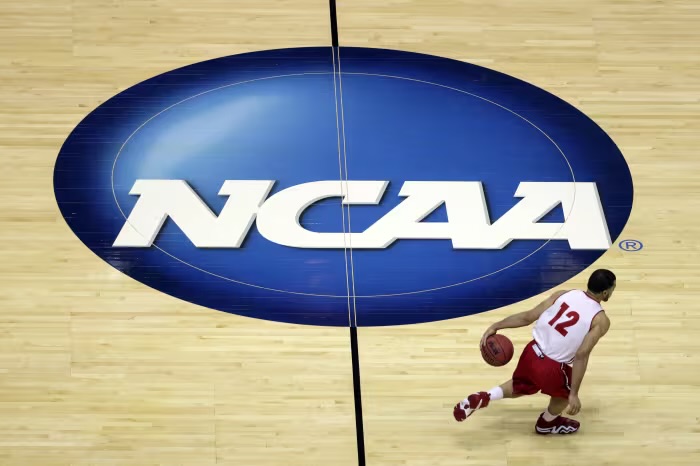NCAA’S ANTITRUST SETTLEMENT HAS PLENTY OF RED FLAGS
Likely by Thursday, the NCAA’s power conferences and the NCAA board of governors are expected to approve a settlement agreement that could mark the beginning of a new era for college sports.
The agreement, if accepted by U.S. District Judge Claudia Wilken and if it withstands potential legal challenges, could lead to a more professionalized landscape in college athletics.
However, there are potential obstacles that could prevent the settlement from coming to fruition or create new legal issues for the NCAA. The ACC and Big 12 have already given their approval, with the SEC, Big 10, Pac-12, and NCAA board of governors likely to follow suit.

While specific details are still being worked out and may change, the settlement is anticipated to be valued at around $2.7 billion. Funding for the settlement will come from both the NCAA and member schools over the next decade, through a combination of school payments and withheld funds.
Athletes would receive varying compensation based on estimated NIL earnings pre-2021 and lost earnings from unreleased video games and TV revenue not shared with players. Moving forward, conferences could opt into revenue-sharing agreements with players. (https:)
The settlement aims to resolve several antitrust cases brought by former collegiate athletes, alleging that the NCAA and its members violated antitrust laws by restricting athlete compensation through NCAA rules and inhibiting external parties from paying athletes for their NIL rights and broadcasting.


Comments are closed.